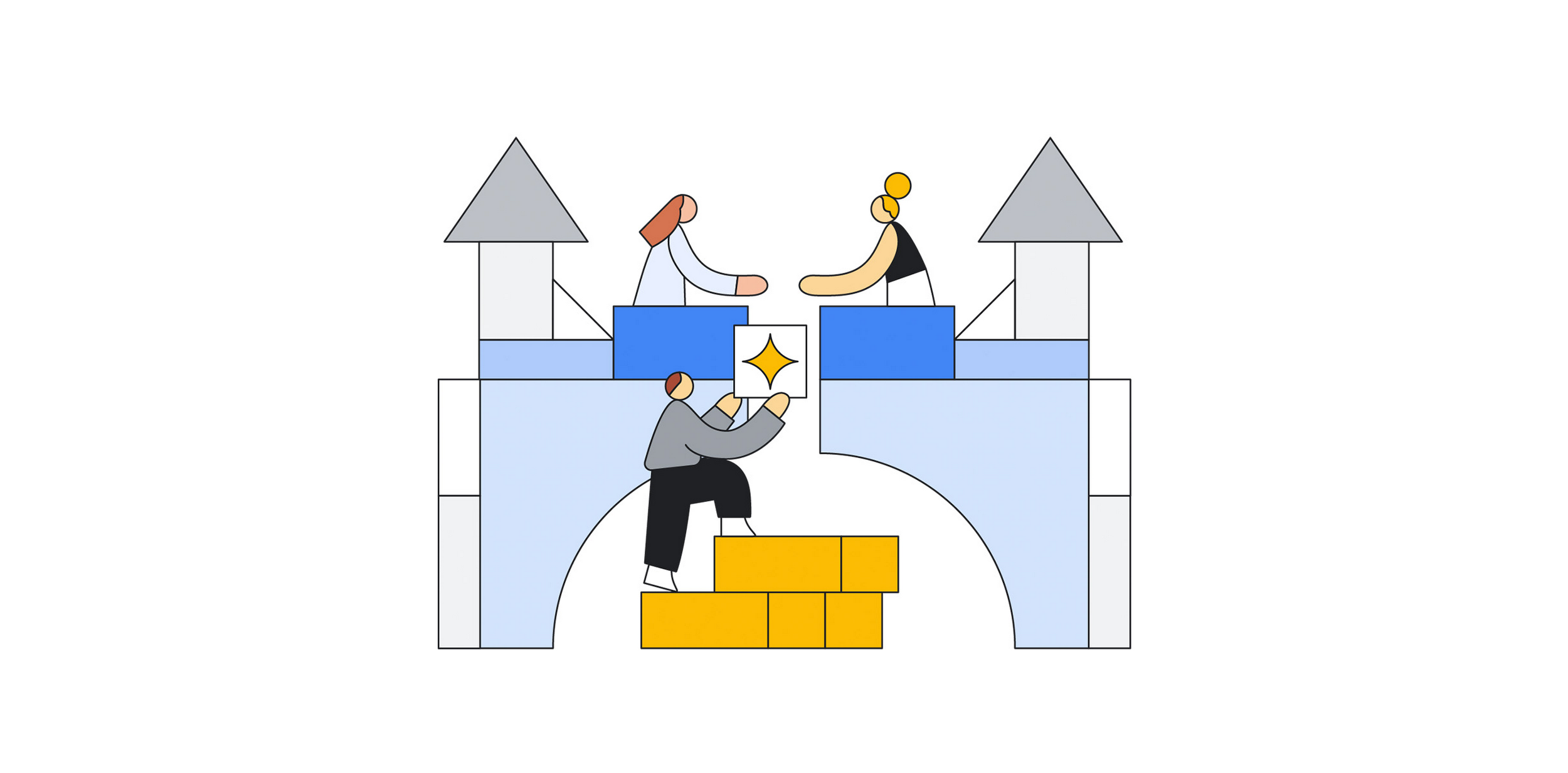Geospatial data is transforming how municipalities, farmers, energy companies, and many other organizations operate. This data contains information about the earth over a certain period of time, which means organizations can better understand change. This increasingly fuels efficiency and effectiveness programs across a variety of industries. This data is extremely valuable, but organizations have long been constrained by few options to access and make the most of it.
UP42, a Google Cloud – Ready Sustainability Partner, works to make geospatial data more accessible and useful for more organizations through its developer platform. The company works with satellite operators and other geospatial providers to gather data and deliver it in ready-to-use format to companies that rely on these insights to enhance and evolve their operations.
For example, German company CarbonStack uses UP42 to help its clients reduce emissions by analyzing imagery of Europe to see which areas could be afforested and track carbon offsets after planting trees.
“We’re on a mission to democratize the benefits of geospatial technology for organizations of all sizes,” says Barry Nagel, Chief Technology Officer at UP42. “UP42 works toward this goal by gathering and processing Earth observation data to make it readily available for businesses and municipalities that can make good use of it.”
The UP42 team is running its platform on Google Cloud to manage the enormous challenges of handling disparate data sources and formats, as well as processing workloads, enabling customers to build fully integrated solutions for their end users..
A virtual universe of data formats
“Given the nature of our business, we needed scalable and flexible infrastructure to ensure our platform’s reliability and performance as we grow,” says Barry. “Google Kubernetes Engine (GKE) has been the perfect fit. Our greatest challenges, though, relate to the endless variety of formats, packages, and descriptions of geospatial data that exist across providers. Operating at scale on GKE solved these challenges for our customers.”
UP42 uses GKE to manage its complex networking and cluster management demands and scale alongside its customers’ needs. GKE also powers UP42 platform’s metadata extraction and data delivery models, all while ensuring only the necessary amount of compute runs at any given time to keep costs low.
From there, BigQuery powers UP42’s internal data analytics capabilities, where information from a range of sources and in virtually any format can be normalized, standardized, and processed for internal and external use. Looker acts as the business intelligence (BI) interface to visually present insights from data after it passes through BigQuery.
“We fundamentally believe in the power of geospatial data and being able to process it to make data-driven decisions that will improve people’s lives, whether for urban planning, agriculture, climate change, or any other of the important use cases that we’ve seen from our customers,” says Barry. “With BigQuery and Looker, everyone in UP42 can build their own dashboards and view their own metrics. This combination makes it easy to work with our vast amount of data.”
UP42 also uses Google Cloud Storage for archival data, significantly accelerating the pace with which customers can gather historical data while alleviating the traditionally arduous process of re-ordering sets from providers. All of this equates to a platform rich with data in a standardized format, accessible for any type of business.
Partnering for a more sustainable future
The UP42 platform manages all of the heavy lifting and integrations so that customers enjoy a self-service experience when trying to work with geospatial data. UP42 makes it easy to access data from multiple providers through a single touchpoint. This includes having a single set of ordering parameters across all data providers, instead of having to adjust to different provider specifications.
“Our customers do some truly incredible things with our platform,” says Barry. “One use case that really stands out is a startup company in Africa that leveraged satellite imagery to track agricultural health and forecast yields for farmers across the continent. They used our data analytics platform to generate useful insights for farmers from historical and current data.”
Another example comes from German company KfW, which used satellite data through UP42 to monitor irrigation infrastructure along the Niger River that is key to food security across the region. KfW’s use of UP42 ultimately helped facilitate the creation of wetlands that tripled the number of rice fields and improved living conditions for 80,000 in Niger.
“There is truly no limit to the use cases our customers can embrace with the UP42 platform,” says Barry. “Google Cloud helps us to further democratize geospatial data and enable improvements across some of the world’s most important industries — agriculture, transportation, municipal infrastructure management, and energy.”
Given the immense potential of UP42 to drive sustainability-related initiatives, the company chose to partner with Google Cloud through its sustainability program to unlock greater opportunities for its customers. UP42 will also be available through the Google Cloud Marketplace to streamline access among customers who also use Google Cloud technologies.
To learn more about Google Cloud’s sustainability programs and efforts, visit theGoogle Sustainability page.

